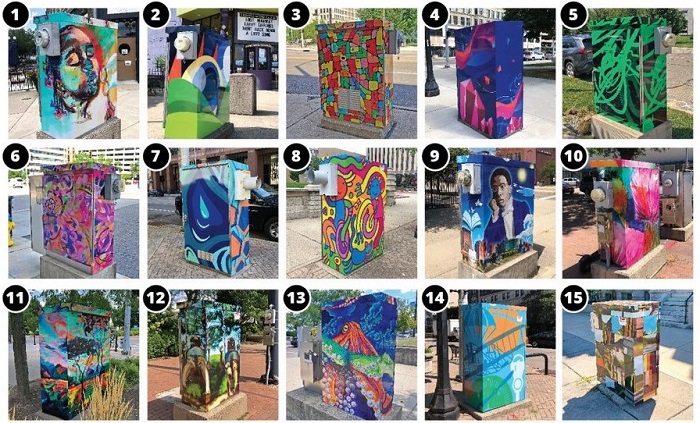So it appears that podcasts have turned into public radio’s competitive advantage. According to a recent study, nearly 4 in 10 public radio listeners also listen to a podcast weekly with those that listen to the talk-radio format more likely to listen than those that listen to public radio adult alternative or classical music formats. Younger listeners are more likely to consume podcasts than older listeners.
“… 72% of Millennial public radio listeners also consume podcasts compared to 57% of Gen X and 35% of Baby Boomers.”
This said, podcast listenership has been cooling in recent years and while podcasts are a entree to listening to terrestrial broadcasts for many, in some cases it is drawing listeners from brick and mortar stations.
While nearly two-thirds (63%) say it has no impact on the “real time” they spend with AM/FM, the survey also points to a third of weekly podcast users spending fewer hours with the broadcast station. That is even more true among listeners of news-talk stations, where 39% said they are spending less time with AM/FM in favor of podcasts.
What I found most interesting was that the cooling attitudes toward podcasts seemed to be rooted in advertising. I assumed then that the survey included podcasts created through both commercial and public radio channels because public radio usually just has a brief underwriting message rather than a longer ad that people can potentially skip. The credibility of the ads is seen as super low. I would be interested to see a deeper dive into which company’s ads were seen as more credible than others.
The Public Radio Techsurvey data shows 61% of public radio’s weekly podcast listeners are getting tired of hearing the same ads in the podcasts they listen to, including a quarter (26%) who strongly agree. Just four percent disagreed, while 29% were neutral.
[..]
It also shows that host-read ads are preferred to produced spots, particularly among younger listeners. The survey shows 43% would rather hear a host-read ad. But among Millennials that number jumps to 59%.
“The data on advertising in podcasts is an eye-opener. While podcasters like to think their ads are more engaging, our respondents suggest otherwise,” Jacobs says. “While live reads from hosts are perceived as preferable to produced spots, podcast ads overall are no more credible than commercials heard on the radio.” Their data shows just 14% of public radio listeners think the ads they hear on podcasts are more credible than what they hear from their radio.
This last bit got me wondering about the relative credibility of sponsors and advertisers listed in program books, posters, digital signage around arts and cultural entities. I am thinking about this both from the point of view of wanting to provide a bit of a valuable benefit for sponsors and from the perspective of “charity washing” conversations where it appears corporations are trying to burnish their image through charitable giving. If sponsorship placement doesn’t lend credibility to generally sincere companies, it is something of a pity. But on the other hand, if people aren’t fooled by charity washing efforts, that is a relatively positive outcome.



Thanks for what you are doing to bring cultural change to the arts. It is so important to represent everyone.…